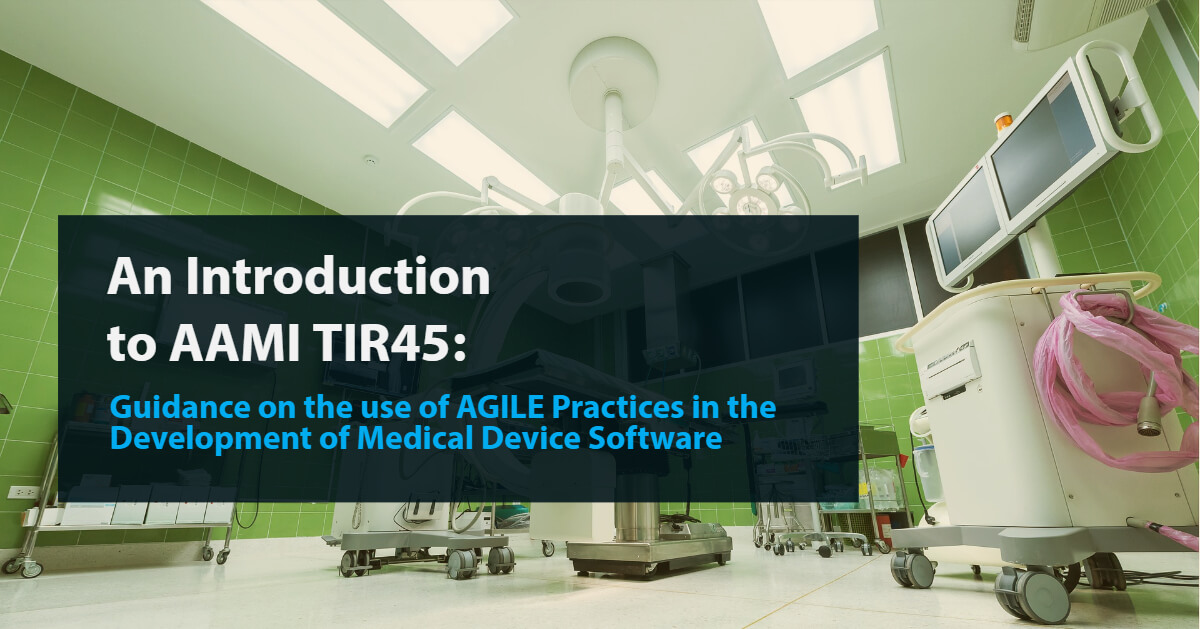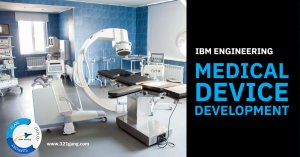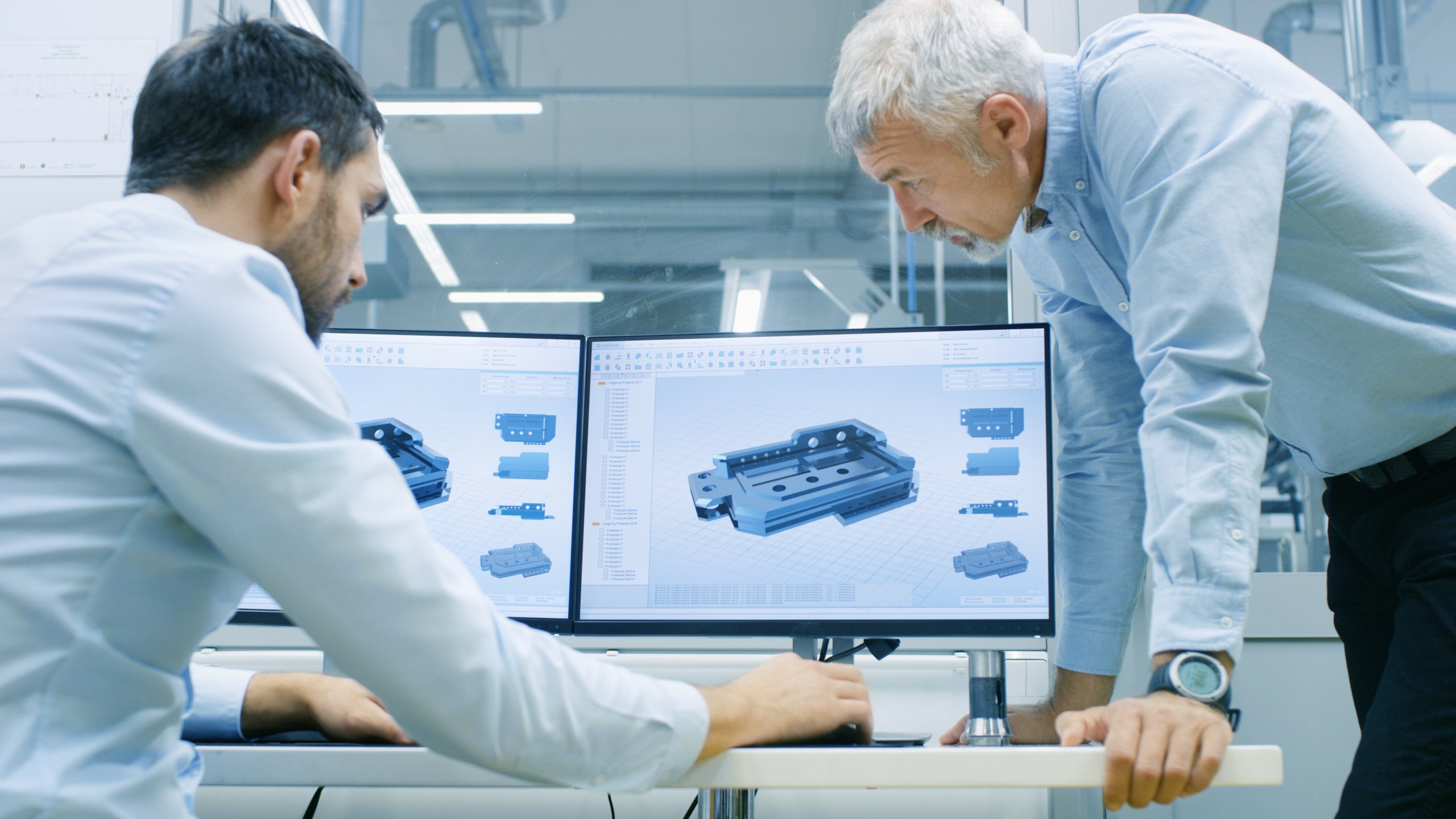Medical Device Development | IBM Engineering Solutions
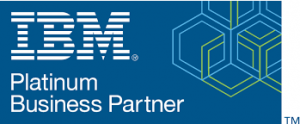 Medical device manufacturers face new pressures from many fronts. Devices are becoming more connected and therefore becoming more consumer facing. As consumers become more digitally savvy, they expect a more continuous and progressive release of capabilities delivered to them over time. However, despite the need to deliver fast, medical systems must still address regulatory compliance and ensure that not only do these products address user’s needs, but that organizations can manufacture and sell them.
Medical device manufacturers face new pressures from many fronts. Devices are becoming more connected and therefore becoming more consumer facing. As consumers become more digitally savvy, they expect a more continuous and progressive release of capabilities delivered to them over time. However, despite the need to deliver fast, medical systems must still address regulatory compliance and ensure that not only do these products address user’s needs, but that organizations can manufacture and sell them.
Many in the medical device industry are looking to lean-agile product development principles and practices to address these challenges. Organizing around value, aligning on a common cadence, building quality-in, as well as continuous integration and delivery practices provide the ability to learn faster, deliver more frequently, and still address compliance concerns.
Featured Story
Important Standards to ConsiderThere are several important standards for compliance in medical device manufacturing.
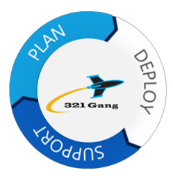
Produce high-quality products that meet rigorous standards
Today’s electronics and their software environments are evolving at an increasingly rapid pace. Nowhere is that more evident than with advanced medical devices that touch our lives when we are most vulnerable. IBM ELM makes it easier for companies to meet the rigorous medical device standards by addressing the joint challenge of managing simultaneous system and software development.

